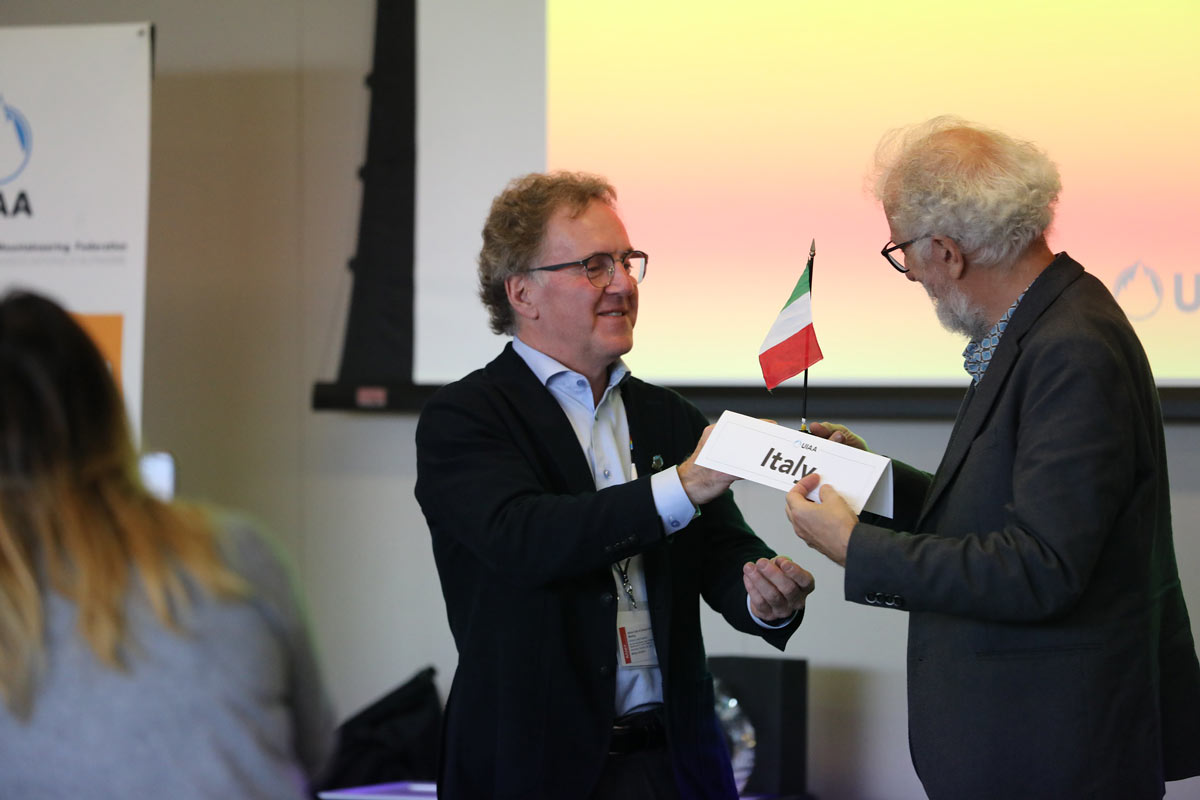The Access and Conservation Commission has called on the tourism authorities in Jammu and Kashmir to re-instate infrastructure to allow for the resumption of mountaineering.
“We owe it to our Indian colleagues in the UIAA to attempt a realistic and sober assessment of the risk involved,” said Commission President, Robert Pettigrew.
The Pir Panjal range of the Kashmir Himalaya has been closed to mountain tourism for 15 years due to the armed conflict in the region. Both journalists and officials have now expressed cautious optimism that some important mountaineering areas can be re-opened for trekking and climbing. Members of the Access and Conservation Commission have visited the Pir Panjal and met with representatives from the Indian Mountaineering Foundation, the Jawahar Institute of Mountaineering at Pahlgam and Kashmir Tourism Authority to discuss the issues.
The Kashmir region is split in two by the border between India and Pakistan. Both countries state a claim to the whole region, and Kashmir has therefore been the centre of an armed conflict since partition in 1947.
The region has had periods of relative stability, and in 1989 almost 68,000 foreign mountain tourists visited Kashmir. But the tourism infrastructure collapsed a year later due to fighting between Kashmiri separatists and Indian armed forces. In July 1995 five foreign trekkers were abducted. A Norwegian man was killed and three of the others are still missing. This has been the only incident of its kind, but led to the Pir Panjal being closed to tourism. Visitor numbers started to rise again two years ago, with almost 25,000 in 2007, but the issue of safety remains a concern.
The lack of visitors over the years has however had a positive impact by helping preserve the natural beauty of the Pir Panjal. The commission’s Kashmiri hosts therefore believe that the Vale of Kashmir is a developing region with huge mountain tourism potential. “We agreed that the re-opening of the Pir Panjal range would provide unlimited possibilities for expeditions, trekking and climbing,” Pettigrew says.
Conservation
But if the area is to re-open for tourism, infrastructure needs to be rebuilt. The commission emphasises that it is very important that the leaders of the mountain communities are consulted and that the development is sustainable.
The commission has called attention to the Argeo’s Charter, a set of guidelines for sustainable mountain tourism in countries with development potential. “The charter lays down tried and tested principles and practices for tourism infrastructure and can be adapted to post-conflict areas which are re-opening to mountaineering,” says Pettigrew.
The charter calls for strict control of construction. In mountain tourism areas, local traditions for house building are often replaced by buildings made with reinforced concrete. These structures are not only an eyesore, but also more vulnerable to earthquakes than traditional houses.
The commission members ensured their hosts that the UIAA recognises the potential impact of mountain tourism on the fragile ecology of the Himalaya. They suggests that concerned mountaineers should form a pressure group in order to influence planners, architects, builders and community leaders to preserve the beauty of the mountains.
In the valley of Kulu, United States investors want to create a luxury ski resort. The scheme would cost nearly $400 million, displace some 40,000 hill people and destroy the ecological balance and scenic beauty of the area. Ironically, the skiing season might become shorter in the coming years because of global warming.
The Commission delegation visited Jammu and Kashmir between April 30 and May 11 and was invited by N.N. Vohra, immediate past-president of the Indian Mountaineering Foundation and UIAA Management Committee member.
You can find more information on access issues in our activities section.


